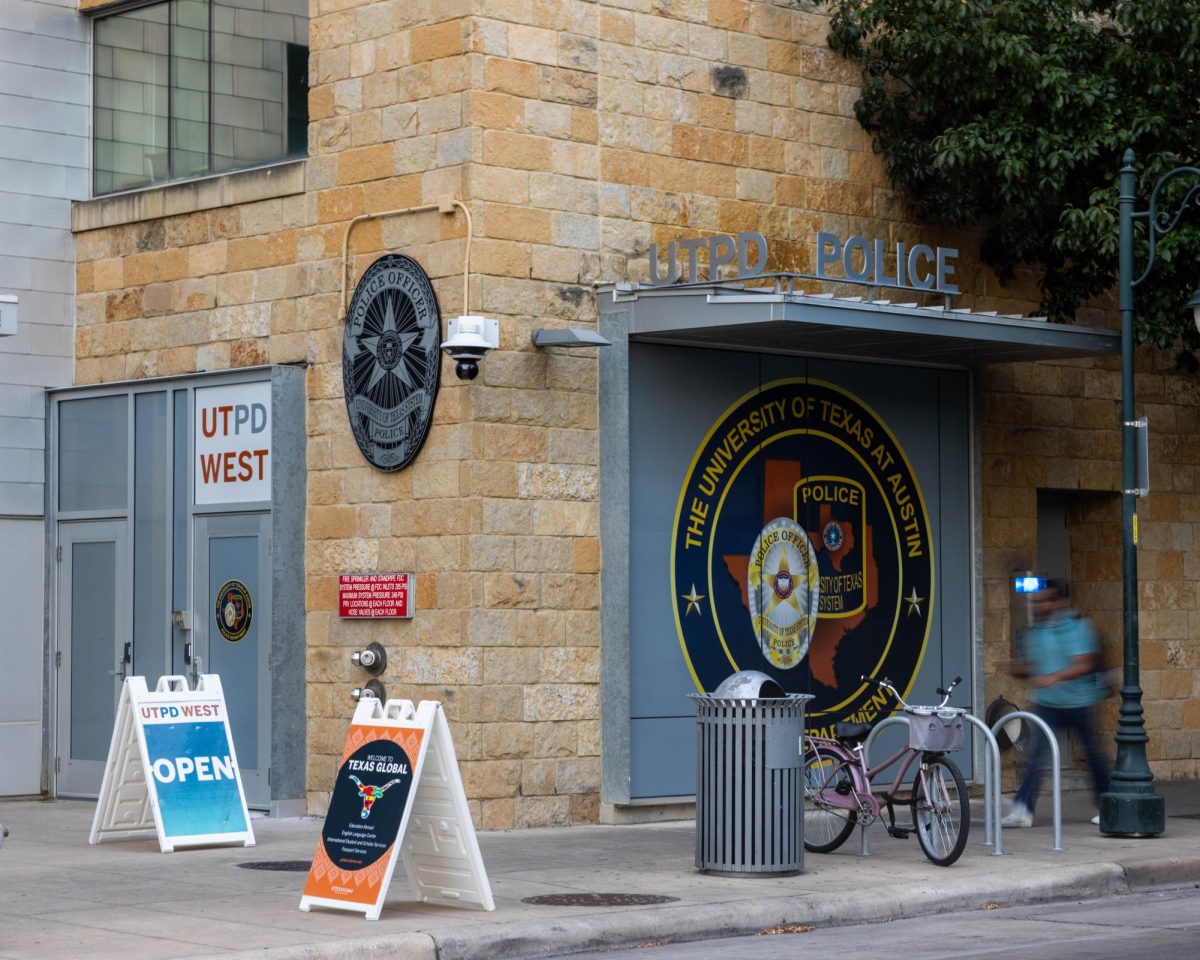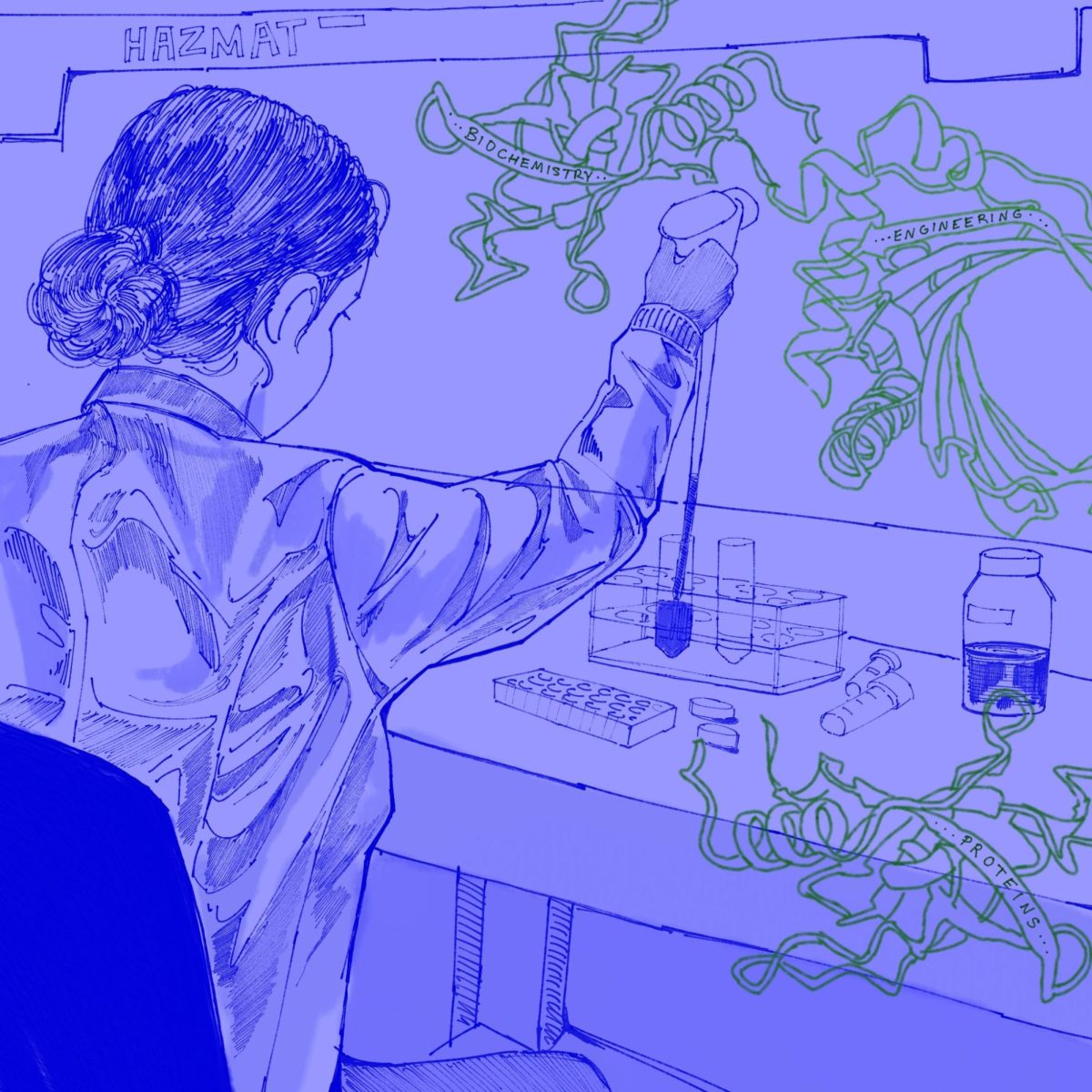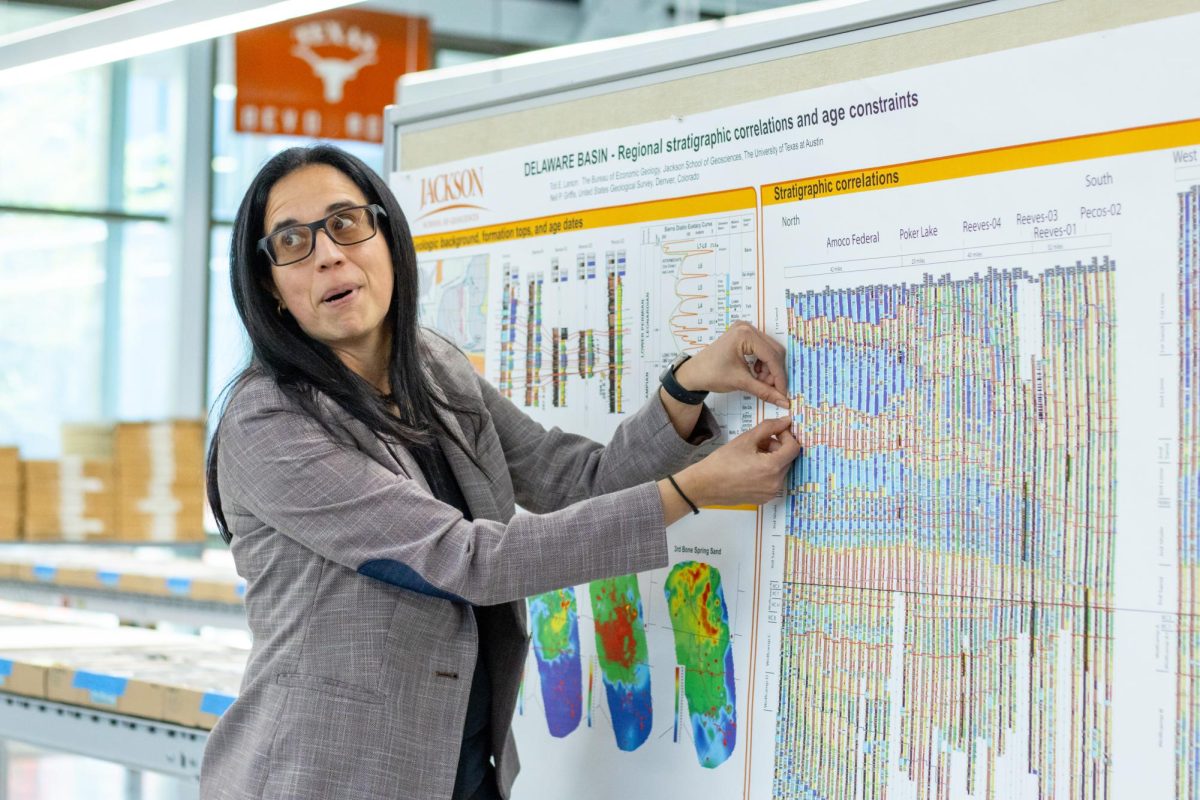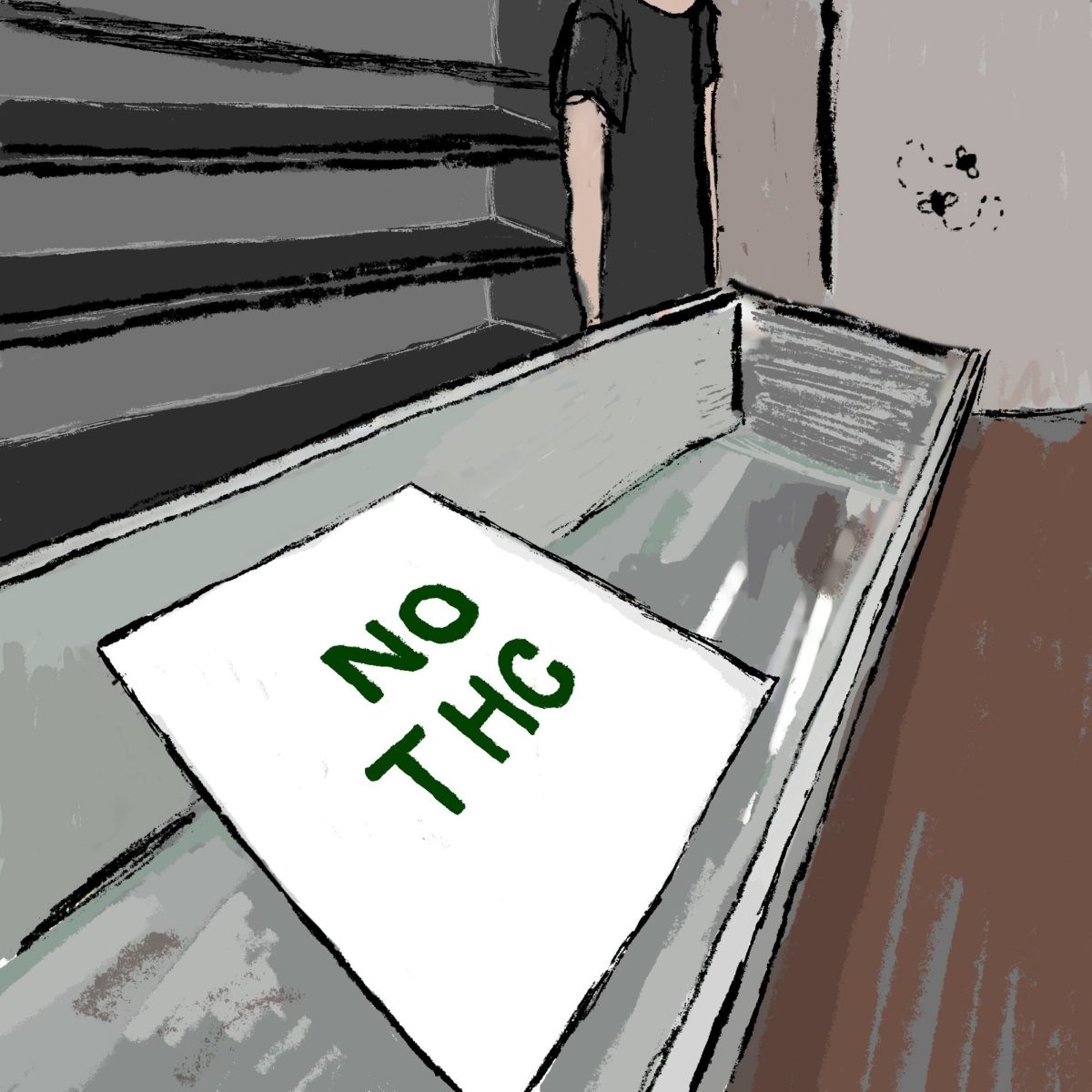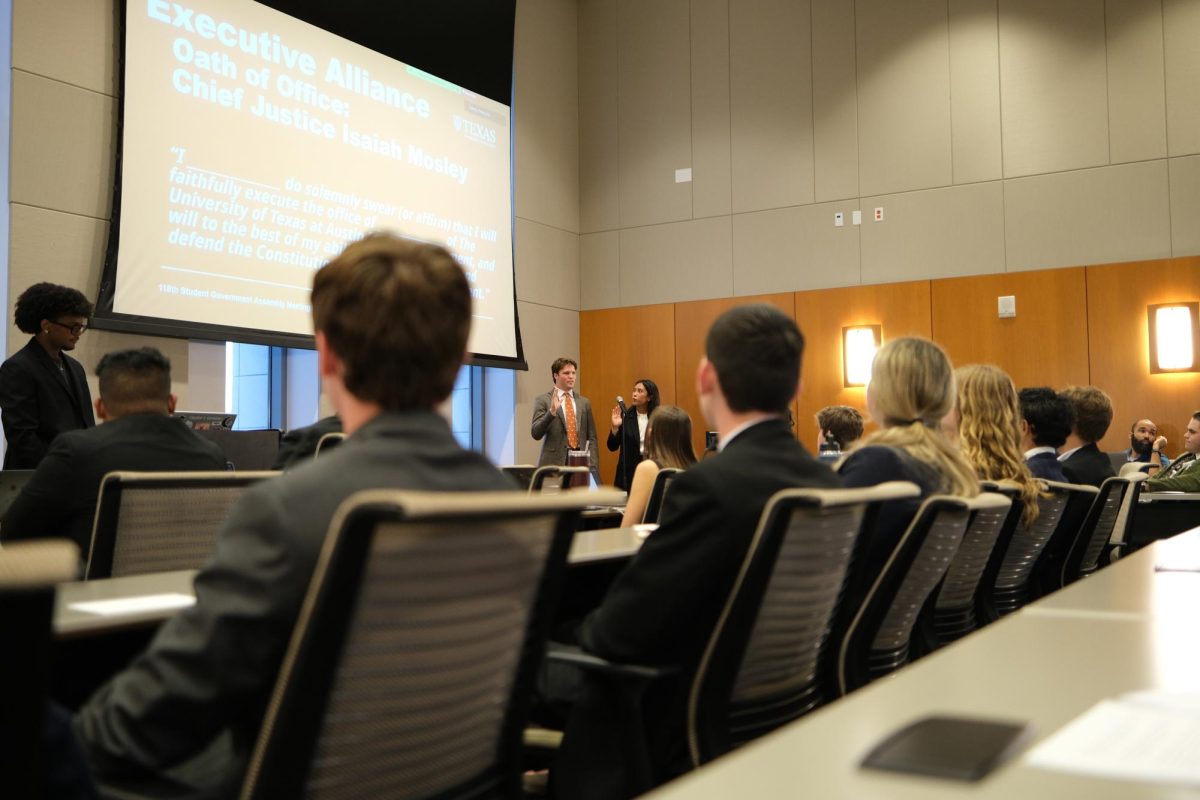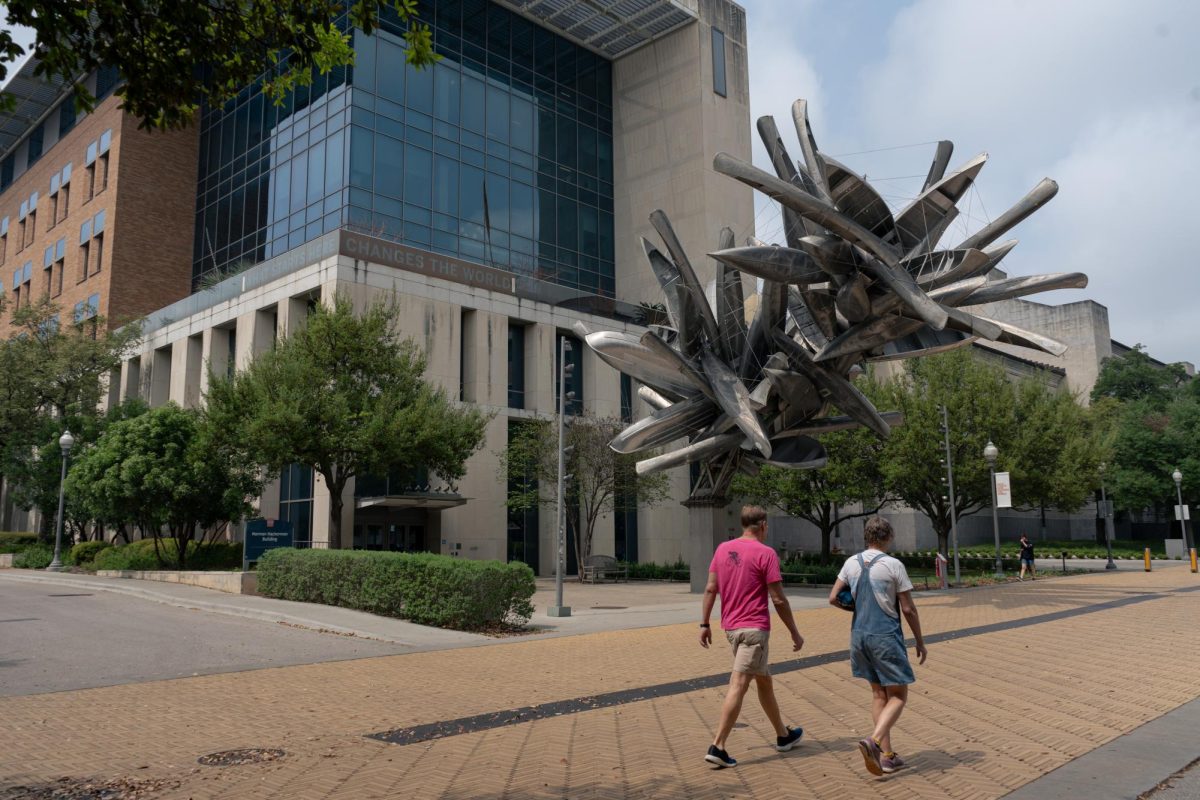Eight engineering undergraduate students traveled to Mexico during spring break to teach middle school students about engineering and clean water.
Students from UT’s Women in Engineering Program traveled to Oaxaca, Mexico, to help local middle schoolers from two schools build small-scale water filtration systems to educate kids about engineering in an area where only about 20% of students pursue higher education.
UT students taught six groups of middle schoolers about water filtration using bottles filled with water and dirt, and explaining how water is cleaned with different filtering materials.
“We explained to (the kids) the engineering process behind it,” computational engineering junior Daiara Garcia said. “We started with the plan and ideas (and) questions and then we experimented, so it got them through the mindset of an engineer. I feel like they really enjoyed it.”
Yareli Flores, a civil engineering sophomore, said the project inspired the students to think more about higher education and engineering.
“Traditionally, women don’t normally receive an education (in Oaxaca),” Flores said. “It was a good experience to show the middle school girls that it’s possible.”
Most of the engineering students were women and almost all were of Mexican descent, which demonstrated to the young girls that they can pursue a career in STEM, chemical engineering senior Mariel Rached-Errasquin said.
“(In Mexico) the media says that engineers are mostly men,” Rached-Errasquin said. “But we were telling them that, no, as you can see from this group there’s also a lot of females that have been successful in studying engineering, and you can do that as well.”
Flores said during their trip, solar panels were installed at one of the schools.
“They were really grateful because the solar panel installation was also installing electricity,” Flores said. “(The kids) were excited because they can have projectors (and) computers now and be able to use those new devices at school.
UT students also visited local indigenous Zapotec businesses such as rug weavers and natural dye makers, and learned how they use engineering in everyday practices, despite the lack of engineering education in the area.
“I really felt like I was part of something very meaningful,” Garcia said. “Even if you just put a little piece of sand in the ocean, it may seem very small, but it’s part of a big change.”




